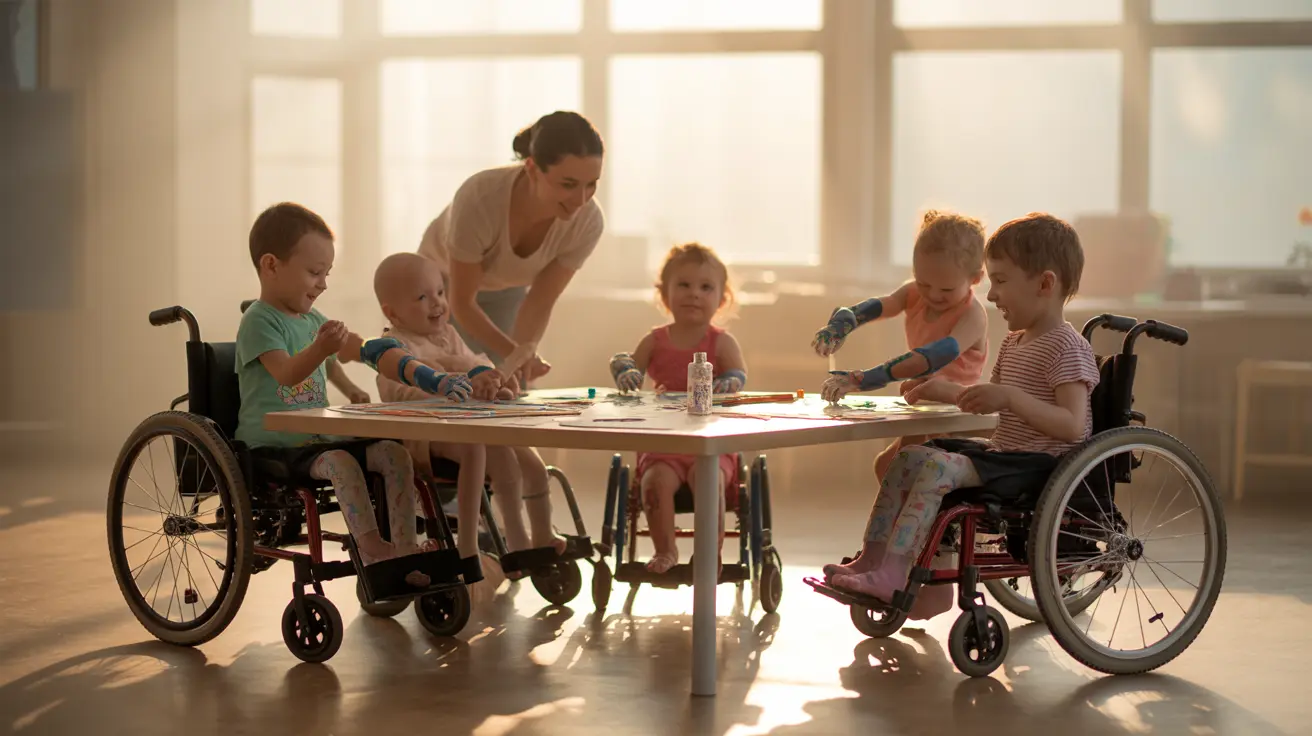Caudal regression syndrome (CRS) is a rare congenital condition that affects the development of the lower body, including the spine, legs, and internal organs. This condition can present with varying degrees of severity, from mild spinal abnormalities to complete absence of leg development. Understanding this condition is crucial for families affected by it and healthcare providers who manage its various complications.
In this comprehensive guide, we'll explore the characteristics, challenges, and management options for individuals with caudal regression syndrome, particularly focusing on cases where leg development is severely affected or absent.
Physical Characteristics and Early Signs
Caudal regression syndrome manifests with distinct physical characteristics that are typically visible at birth. The most notable features include:
- Abnormal or incomplete development of the lower spine
- Varying degrees of leg involvement, from underdevelopment to absence
- Distinctive "Buddha-like" sitting position
- Possible narrowing of the hips
- Abnormal positioning of the feet (if present)
The severity of these characteristics can vary significantly among affected individuals, with some showing minimal symptoms while others experience more profound physical challenges.
Mobility and Development
Children born with caudal regression syndrome often show remarkable adaptability in developing alternative ways to move and function. Even in cases where leg development is severely limited or absent, many individuals can achieve significant independence through:
- Custom mobility devices and wheelchairs
- Prosthetic options when applicable
- Specialized physical therapy programs
- Adaptive equipment for daily activities
Medical Management and Treatment Options
Surgical Interventions
Various surgical procedures may be recommended depending on the specific challenges each individual faces:
- Orthopedic surgery to address spine and joint issues
- Reconstructive procedures for internal organ function
- Corrective surgery for associated conditions
Internal Organ Management
A crucial aspect of care involves managing various organ systems affected by the condition:
- Regular monitoring of kidney function
- Bladder management programs
- Bowel care protocols
- Prevention of urinary tract infections
Role of Maternal Health
Understanding the potential risk factors associated with caudal regression syndrome is essential for prevention and early intervention. Research has shown important connections between maternal health during pregnancy and the development of this condition, particularly regarding blood sugar control.
Living with Caudal Regression Syndrome
Despite the challenges, many individuals with caudal regression syndrome lead fulfilling lives through:
- Comprehensive medical care
- Strong support systems
- Adaptive technologies
- Educational and occupational accommodations
Frequently Asked Questions
What are the most common symptoms and physical characteristics of caudal regression syndrome in newborn babies?
The most common characteristics include incomplete development of the lower spine, varying degrees of leg development (from partial to complete absence), and possible abnormalities of internal organs. Babies may also show a characteristic sitting position and might have additional features such as hip narrowing.
Can babies born with caudal regression syndrome and no legs still walk or move independently as they grow up?
While traditional walking may not be possible in cases where legs are absent, children can achieve remarkable mobility through alternative methods. This includes using specialized wheelchairs, prosthetics when applicable, and developing strong upper body strength for independent movement.
What kinds of treatments and surgeries are available for people with severe caudal regression syndrome and limited or no leg development?
Treatment options include orthopedic surgeries to address spine and joint issues, reconstructive procedures for internal organs, and various therapeutic interventions. The specific surgical approach depends on individual needs and complications.
How do doctors manage bladder, bowel, and kidney problems in someone with caudal regression syndrome and no legs?
Management typically involves a comprehensive approach including regular monitoring of kidney function, specialized bladder and bowel programs, and preventive measures against infections. This may include catheterization, medication, and specific care protocols.
Is there a connection between maternal diabetes during pregnancy and the risk of having a baby born with caudal regression syndrome and missing legs?
Yes, research has shown that maternal diabetes during pregnancy, particularly if poorly controlled, is associated with an increased risk of caudal regression syndrome. This highlights the importance of careful blood sugar management during pregnancy.




